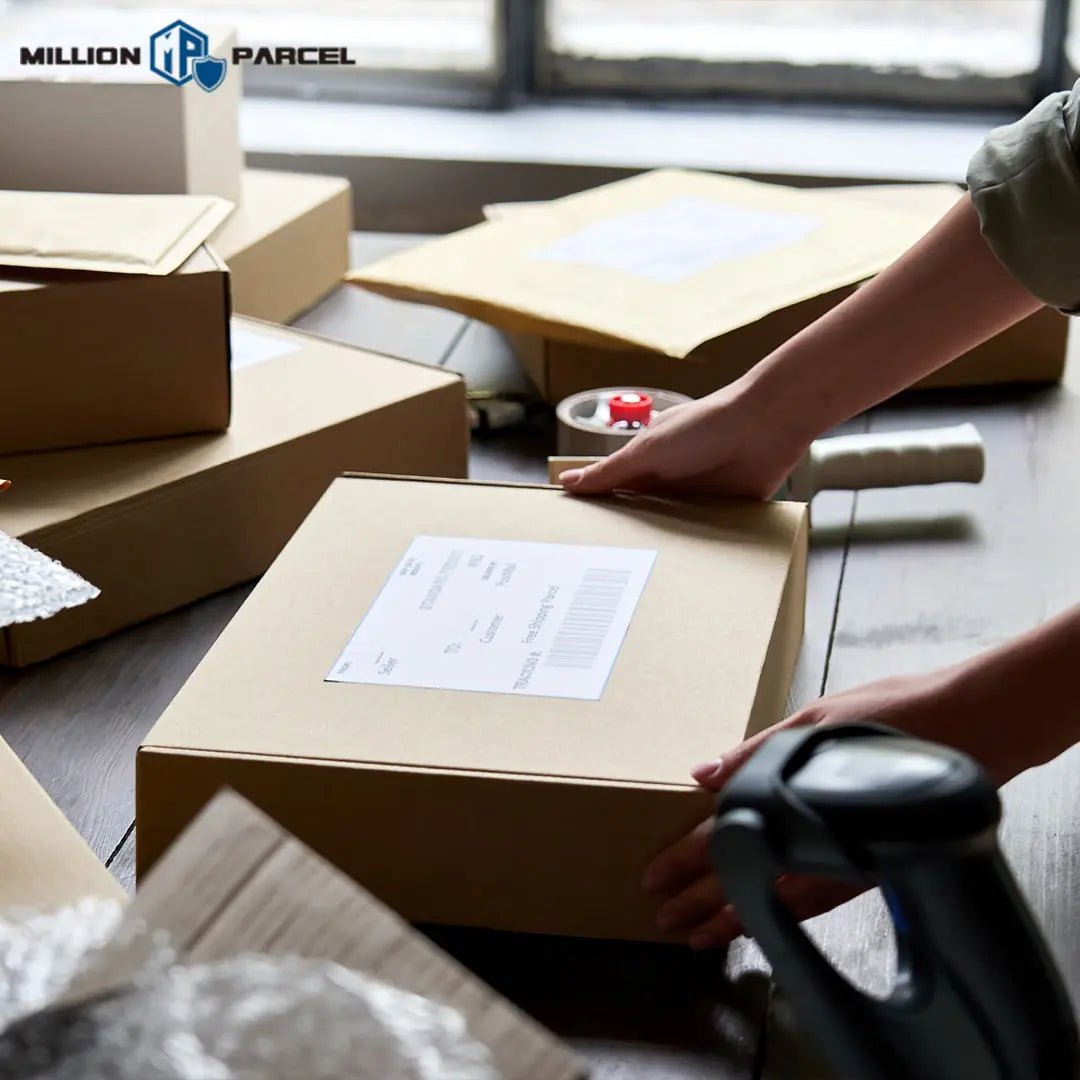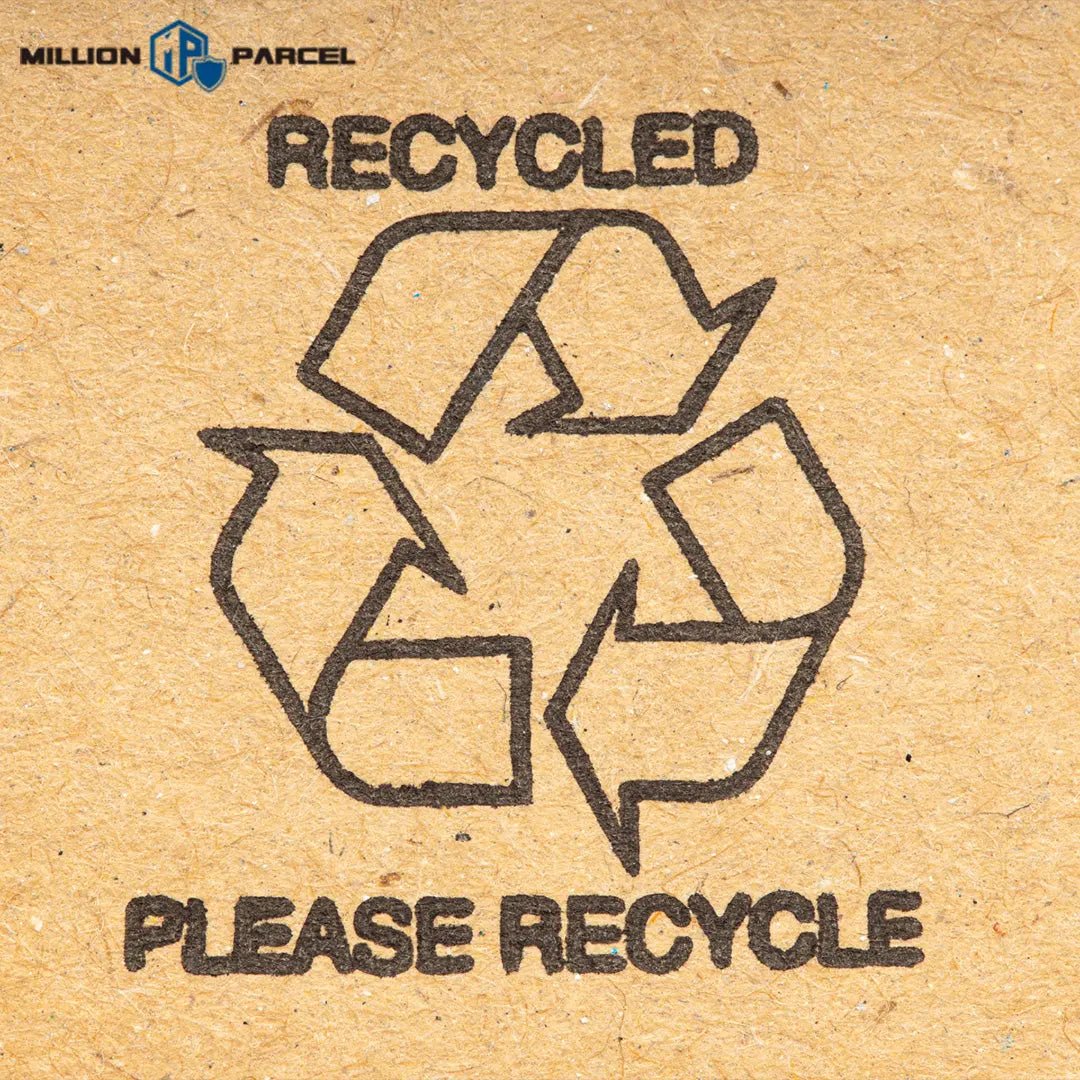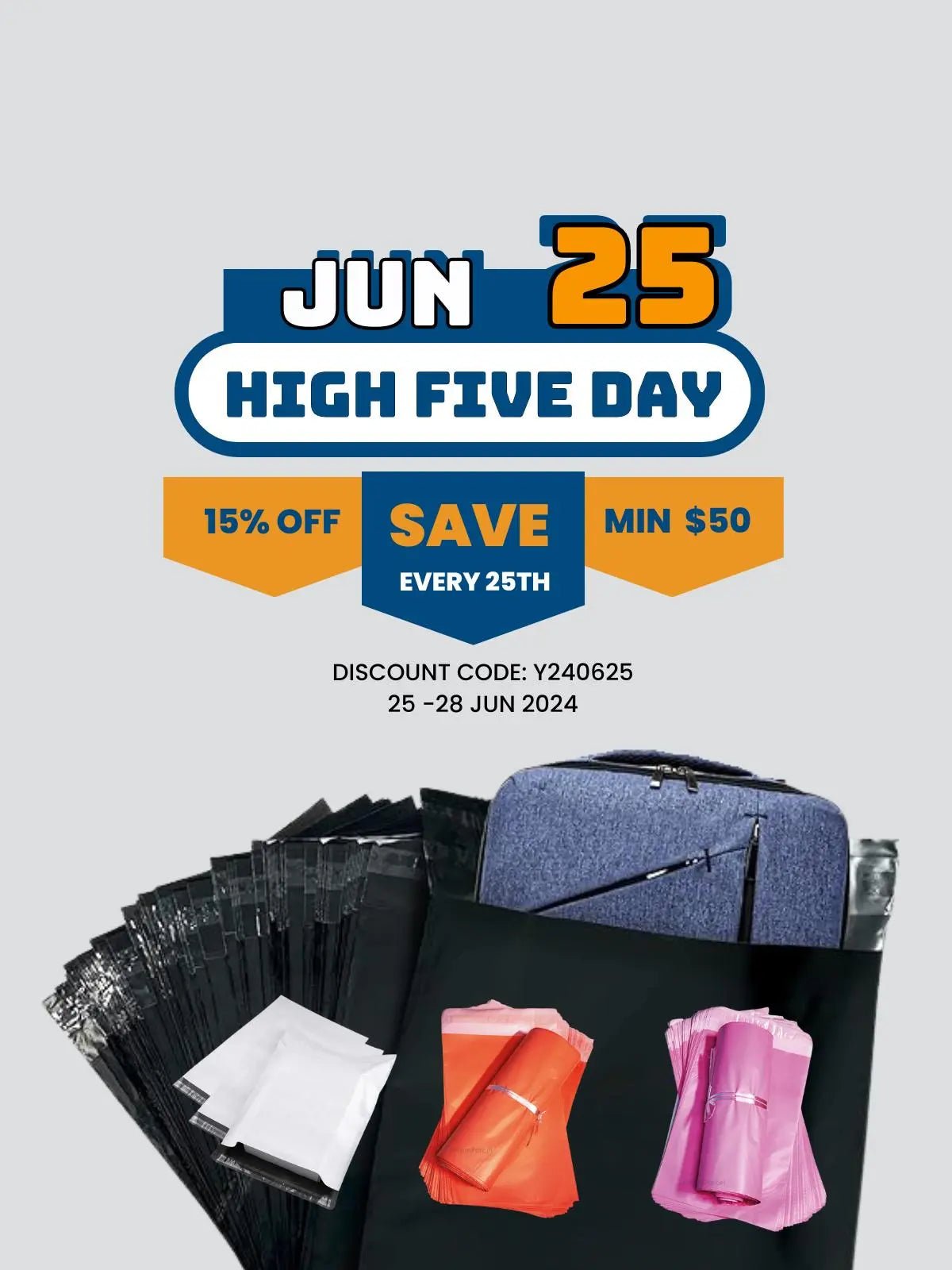With the constant evolution of consumer preferences and market dynamics, businesses must stay agile and innovative in order to maintain a competitive edge. Custom packaging solutions stand out as a perfect example of this adaptability, catering to specific brand requirements and consumer expectations to drive business success. In this comprehensive guide, we explore all there is to know about custom packaging, from its advantages and transformative impacts to practical insights for seamlessly integrating it into your business operations.
Understanding the Art of Custom Packaging
Custom packaging is more than just a box or a bag—it is also an investment that can enhance a brand’s identity, drive customer engagement, and boost sales. Let’s dive into what makes custom packaging so important for brands and customers alike.
Why Should Brands Customise Their Packaging?

Protects products
At its very core, the primary function of packaging is to protect and store your products. By designing custom packaging tailored to the dimensions, fragility, and storage requirements of your products, you greatly minimise the risk of damage during transit, storage, and handling. Fragile items, for instance, may require shock-absorbent materials and protective foam inserts, while perishable items call for the use of food-grade packaging like Ziploc bags to optimise freshness and quality. In this way, custom packaging helps your products reach your customers in top condition, ensuring a positive experience upon unboxing.
Builds brand identity and awareness
Your product packaging is often the very first thing your customers see, and customisation helps you present a unique and memorable image that resonates with them right from the outset. Through bespoke packaging, branded colour, and logo placement, you can imprint your brand’s identity right in the minds of your customers, enhancing brand recall and loyalty.
The iconic Apple logo, for example, as well as their sleek, minimalist white packaging, makes all Apple products instantly recognisable even before the box is opened. This exemplifies the power of custom packaging in cultivating brand recognition and fostering enduring customer relationships.
Elevates brand visibility
With countless options and products available to customers on the market, you need to find ways to differentiate yourself and stand out from the crowd. This is where custom packaging comes in, offering a solution for brands looking to make a memorable impression. Getting creative with eye-catching designs, innovative shapes, and personalised touches in your custom packaging grabs attention, enhances brand visibility, and is also a great way to leave a lasting impression in the minds of your customers.
Promotes the brand
Did you know that 40% of consumers share pictures of packaging on social media when it is unique or branded? Investing in innovative packaging helps your brand gain visibility, capturing your audience’s attention and even inspiring them to become brand advocates through the power of social media platforms. Each interaction helps to endorse your products, amplifying your reach and generating organic word-of-mouth marketing. This strategy enables you to connect with your audience through digital channels and drive sales from both existing and new customers.
Key Elements of Custom Packaging and Their Impact

A strategic and mindful approach to design is important to enjoy the benefits of effective customised packaging. From the choice of colour scheme to material selection, every aspect is crucial in shaping consumer perceptions and influencing their purchasing decisions.
Colour
Creating a compelling custom packaging design is more than just using bright, eye-catching colours. In fact, delving deeper into packaging colour psychology reveals that different colours elicit distinct emotions and associations. For example, white is often used to convey that the product is simple, safe, and traditional, while black gift boxes evoke a sense of sophistication, making them a popular choice for luxury products.
Thoughtfully choosing colours that match your brand identity and appeal to your target audience helps you create a design that not only stands out on shelves but also evokes positive emotions in your customers, encouraging them to make a purchase.
Branding elements
Branding elements such as logos, colours, imagery, and messaging are important visual cues that reinforce brand identity and recognition. Seamlessly integrating them into your packaging design will create a cohesive brand experience that resonates with consumers. A well-placed logo on a custom paper bag, for instance, can capture attention and enhance brand recall, and consistent colour schemes and designs across various packaging materials work to create a unified brand image. When these elements are used effectively, your brand builds familiarity with your customers, strengthening trust and loyalty in the long run.
Typography and fonts
Typography and fonts are often overlooked when it comes to packaging design, but they can significantly impact readability, brand perception, and overall aesthetic appeal. The type of font chosen can convey a brand’s identity and position in the market. For example, serif fonts exude elegance, confidence, and trustworthiness, making them ideal for high-end fashion brands. Alternatively, sans serif fonts convey a more casual and approachable vibe, making this font type suitable for brands targeting younger demographics and social media platforms.
By choosing typography that reflects the brand's identity and enhances readability, you can create custom packaging that effectively communicates your message and leaves a lasting impression on your customers.
Material and presentation
The choice of materials and presentation style of your custom packaging also influences the perceived value of your product and your brand’s image. Using gift boxes made of sturdy, high-quality materials and embossed foils can significantly elevate your customers’ perception of your brand and make your business seem more premium.
Moreover, meticulous attention to presentation details such as packaging structure, finish, and embellishments showcases your brand’s dedication to delivering exceptional customer service. This is a great way to ensure a lasting and positive impression on your customers, driving repeat purchases and brand advocacy.
A Guide to Using Custom Packaging for Your Business
Want to experience the advantages of custom packaging for yourself? Join us as we navigate the intricacies of custom packaging, offering actionable insights and expert advice to help you harness its potential to drive growth in a competitive market.
4 Tips for Creating the Perfect Custom Packaging

1. Consider your target market
Understanding your customers is crucial to creating effective custom packaging designs. Start by collecting data on your target audience and gaining insight into their demographics, preferences, and purchasing habits. This will enable you to better tailor your packaging to their specific needs.
For example, if your target audience consists of busy professionals, then minimalist and compact packaging may better suit their lifestyles. On the other hand, products marketed towards the younger generation can incorporate bolder and trendier gift bags to pique their interest. Aligning your packaging with the unique preferences and lifestyles of your customers allows you to elevate your brand appeal and distinguish your products in the market.
2. Research the competition
If you want to stay ahead of the curve, you need to be aware of what your competitors are doing. Analyse their packaging strategies, taking into account what aspects of their packaging resonate with your shared target audience, and whether there are any opportunities for improvement. Understanding your competitor’s wins and losses allows you to identify gaps and emerging trends in the market, as well as unique selling points of your products. This insight informs your own packaging design, helping you craft a superior visual identity that will win the hearts of your target audience.
3. Ensure usability
It is also important for your packaging to be easy and intuitive to use. While visually appealing packaging may grab initial attention, poorly designed packaging that proves challenging to open or use can significantly damage your brand’s reputation and customer perception. Conversely, functional packaging that is easy to open, handle, and reseal ensures convenience, demonstrating your business's dedication to ensuring a positive customer experience. This fosters goodwill among your customers and strengthens your brand's reputation, ultimately leading to increased brand loyalty and positive word-of-mouth recommendations.
4. Conduct testing
Before you finalise your custom packaging design, thorough testing is needed to ensure its effectiveness and appeal. This involves gathering feedback from focus groups or conducting market trials to evaluate consumer reactions to your packaging. Early identification of potential issues such as readability of text, ease of opening, or overall aesthetic appeal allows you to make necessary adjustments before launching your product to the market, meeting consumer expectations and maximising its impact on sales.
Beyond the Packaging: What Else Can You Offer?

Aside from creative custom packaging design, you can further engage your customers by supplementing it with interactive elements, personalisation, and limited edition events. These tactics work alongside well-designed custom packaging, deepening customer connections and creating a sense of excitement and exclusivity.
Interactive elements
Incorporating interactive elements into your packaging design opens up exciting opportunities to engage customers in a unique unboxing experience. Integrating QR codes into your packaging, for example, allows customers to seamlessly access additional product information, exclusive content, or promotional offers by simply scanning the code with their smartphone. Similarly, incorporating augmented reality features enables customers to interact with virtual elements overlaid onto the physical packaging, creating an immersive and interactive brand experience.
These interactive elements are fresh, interesting, and attention-grabbing, enhancing the overall brand experience and helping your brand cultivate deeper connections with customers.
Personalisation
Personalisation is a great way to add a heartfelt touch to your brand's packaging, elevating the customer experience and strengthening emotional connections. Whether you’re including personalised messages, handwritten thank-you notes, or addressing customers by name, these small gestures demonstrate genuine care and appreciation.
By tailoring the packaging to each individual customer, you make them feel valued and special, encouraging repeat purchases and building brand loyalty.
Inner packaging
Inner packaging can also play an important role in creating a delightful unboxing experience. For example, you can spruce up a simple paper box packaging by adding colourful tissue paper and biodegradable peanuts or artfully arrange the products within in a visually appealing manner. This attention to detail shows your brand’s commitment to quality and craftsmanship, enhancing the perceived value of your products and leaving a positive impression on customers.
Limited edition designs
Keep your brand fresh and relevant by introducing limited edition designs to your packaging. Whether it's themed custom paper bags for holidays, special occasions, or collaborations, seasonal designs instantly capture attention and create a sense of anticipation. Plus, these limited edition designs also evoke a sense of prestige, enticing customers to make purchases to secure these unique items.
Embracing limited edition packaging lets you entice your customers with exclusive, time-sensitive offerings that resonate with their desire for novelty and uniqueness, driving sales and cultivating a loyal customer base.
Key Considerations When Implementing Custom Packaging

While custom packaging offers numerous advantages for your business, incorporating them into your operations requires careful consideration of several key factors.
Prioritise sustainability
With packaging waste contributing to 40% of global plastic waste, brands must do their part in prioritising and using sustainable packaging. Embracing eco-friendly materials not only reduces your environmental footprint but also plays a crucial role in mitigating the harmful impact of plastic pollution.
Moreover, embracing green packaging like recycled paper bags and biodegradable plastic also aligns with growing consumer preferences for eco-conscious products. As more consumers prioritise sustainability in their purchasing decisions, integrating eco-friendly custom packaging into your brand strategy meets this demand while demonstrating your commitment to shared environmental values. This, in turn, enhances your brand’s reputation and strengthens customer loyalty, positioning your business as a responsible leader in the industry.
Consider logistics
When integrating custom packaging into your operations, you should also consider logistics to ensure smooth operations and timely delivery. Assessing variables like packaging size, shape, and weight allows for the optimisation of storage space and transportation efficiency, leading to cost savings and a reduced environmental footprint during transportation.
This also improves your overall operational efficiency while minimising waste, reducing your business’s environmental impact throughout the supply chain.
Ensure cost-effectiveness
If you’re looking to adopt custom packaging for your business, ensuring cost-effectiveness is key. Begin by evaluating the total expenses associated with custom packaging, including design, materials, production, and distribution. Subsequently, you should establish a realistic budget while exploring avenues for cost reduction without compromising on quality or brand integrity.
To further maximise cost-effectiveness, consider factors such as material efficiency, production scalability, and transportation costs. Innovative packaging solutions, bulk purchases, and partnerships with suppliers will also help you leverage economies of scale and drive down costs over time.
Balance cost considerations with strategic investments to achieve a sustainable and profitable packaging approach that supports your business objectives.
Frequently Asked Questions About Custom Packaging
Q: Why is custom packaging important for businesses?
Custom packaging is essential for businesses as it not only distinguishes their products from competitors but also reinforces brand identity, enhances consumer experience, and boosts brand loyalty.
Q: What types of customisation can be included in the packaging?
Various types of customisation can be incorporated into packaging, including branded colours, logos, unique shapes, personalised messages, QR codes for interactive experiences, and environmentally friendly materials.
Q: Can small businesses afford custom packaging?
Yes! Small businesses can afford custom packaging by exploring cost-effective options such as minimalistic designs, bulk ordering discounts, or collaborating with local packaging suppliers for custom solutions tailored to their budget constraints.
Conclusion
Crafting a positive first impression is essential for any brand, and custom packaging can help you do just that. With custom packaging that resonates with your customers, you can set your business apart, gain visibility and nurture customer loyalty for sustained business growth and success.
Discover the potential of custom packaging and more with MillionParcel, your ultimate destination for all your packaging needs. From custom paper bags and sturdy boxes to eco-friendly alternatives, our expansive array of packaging solutions ensures your brand makes a statement with every delivery.
Connect with our team today to explore custom orders, delve into specific product details, and embark on a journey to elevate your brand to new heights together!






Leave a comment
This site is protected by hCaptcha and the hCaptcha Privacy Policy and Terms of Service apply.